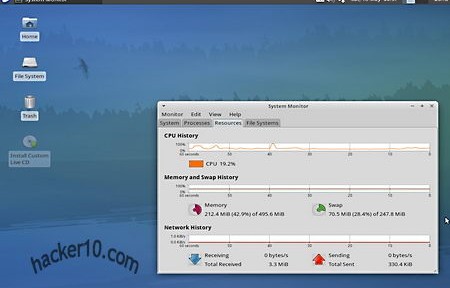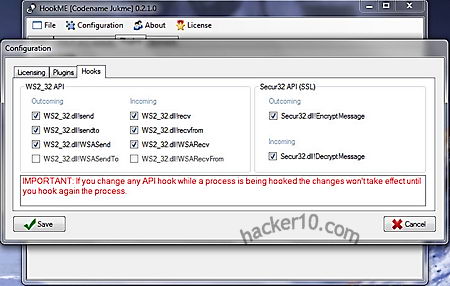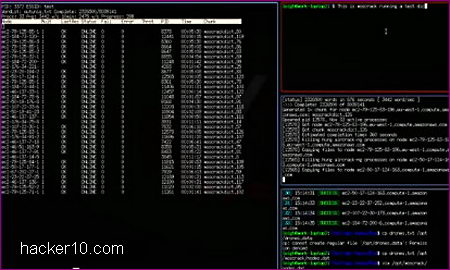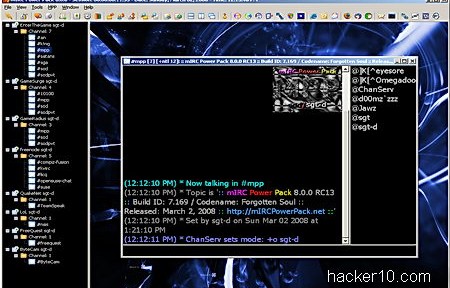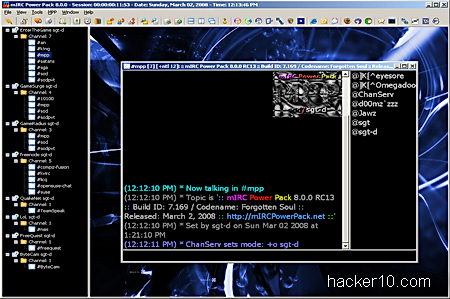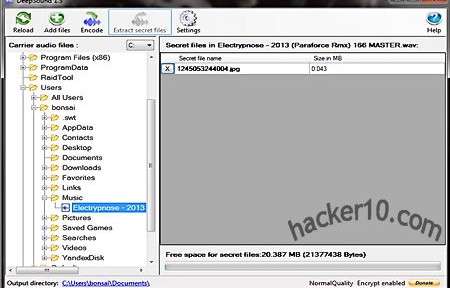The Active Defense Harbinger Distribution is a security Linux distribution based on Ubuntu 12.04 Long Term Support, Ubuntu LTS has 5 years support from Ubuntu developers Canonical, it is useful for enterprises and those who don’t need to run cutting edge software and are more interested in an stable operating system that will be supported for a long time without the need to constantly upgrade to another version to patch up security holes.
ADHD announces itself as an active defence distribution with preconfigured strike back tools, able to interfere with an attacker’s system fingerprinting, the first reconnaissance stage previous to a hacking attack. Just like Ubuntu, you can run ADHD as a live DVD or install it in your computer, when you first boot you will be given the choice of logging in as adhd user or guest user, the login password is adhd. The default window manager is the lightweight XFCE, you could change it using Synaptic package manager, a package management tool for Debian that can be used to install, remove and upgrade software packages.

On the surface you will not appreciate too many differences in between The Active Defense Harbinger Distribution and any other end user Linux distribution, it comes with The Gimp and gThumb for image editing, the full LibreOffice suite to work with documents, Thunderbird and Firefox, Catfish to search documents, basic network tools to ping, traceroute, port scan, finger and whois computer IPs, Xchat for IRC, Zenmap scanner, Gigolo, a front end to connect to remote file system, Parole Media player to watch videos, gmusic browser and Gwibber, an open source microblogging tool with access to the most popular social networking services like Twitter and Flickr. The most geeky tool included in ADHD is pgAdmin to edit PostgreSQL databases you will not find any hacking or penetration testing software on the list.
The Active Defense Harbinger Distribution protects you deploying honeypots that waste an attacker’s time, alert the administrator of the attack while still harmless and gathers information on the sources of the attack.
One of ADHD main defences is The Network Obfuscation and Virtualized Anti-Reconnaissance (Nova), it doesn’t use signature based detection for malware, instead it creates decoy systems for an attacker to interact with and alert the system administrator via email or logs that someone is attacking a dummy folder, port, etc. You can have infinite recursive directories so the attacker never really gets to his target or you can instruct Nova to automatically shut down a port when someone touches it.
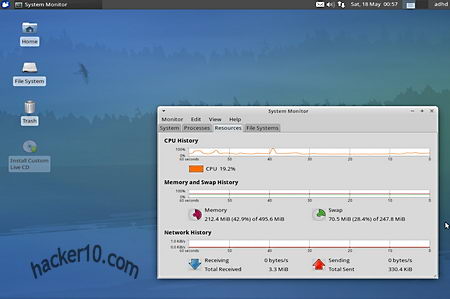
ADHD also comes with Honeybadger, able to create a webpage that looks like a Cisco administration interface or something interesting for an attacker to access, the dummy page can run a Java app on the attacker’s machine, gather his IP address and add it to a report page with Google API showing approximate information about an attacker’s computer IP location in the world.
The best thing of The Active Defense Harbinger Distribution is that you should not notice it is there until something happens, on the minus side there are no offensive tools other than gathering attacker’s information but you could add more aggressive digital tools with the package manager.
